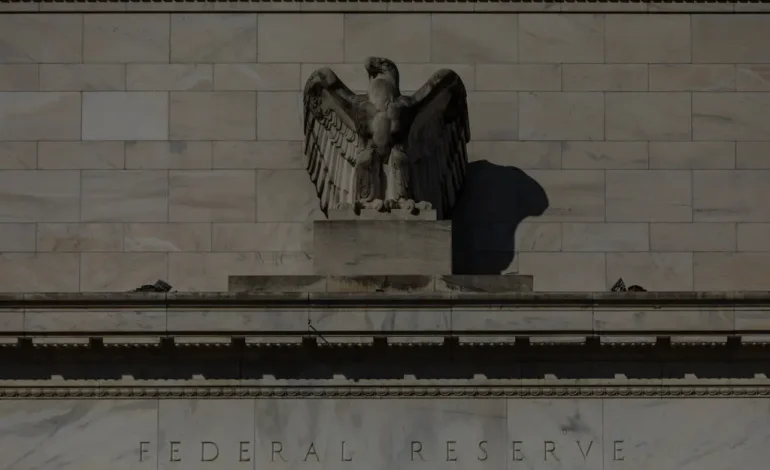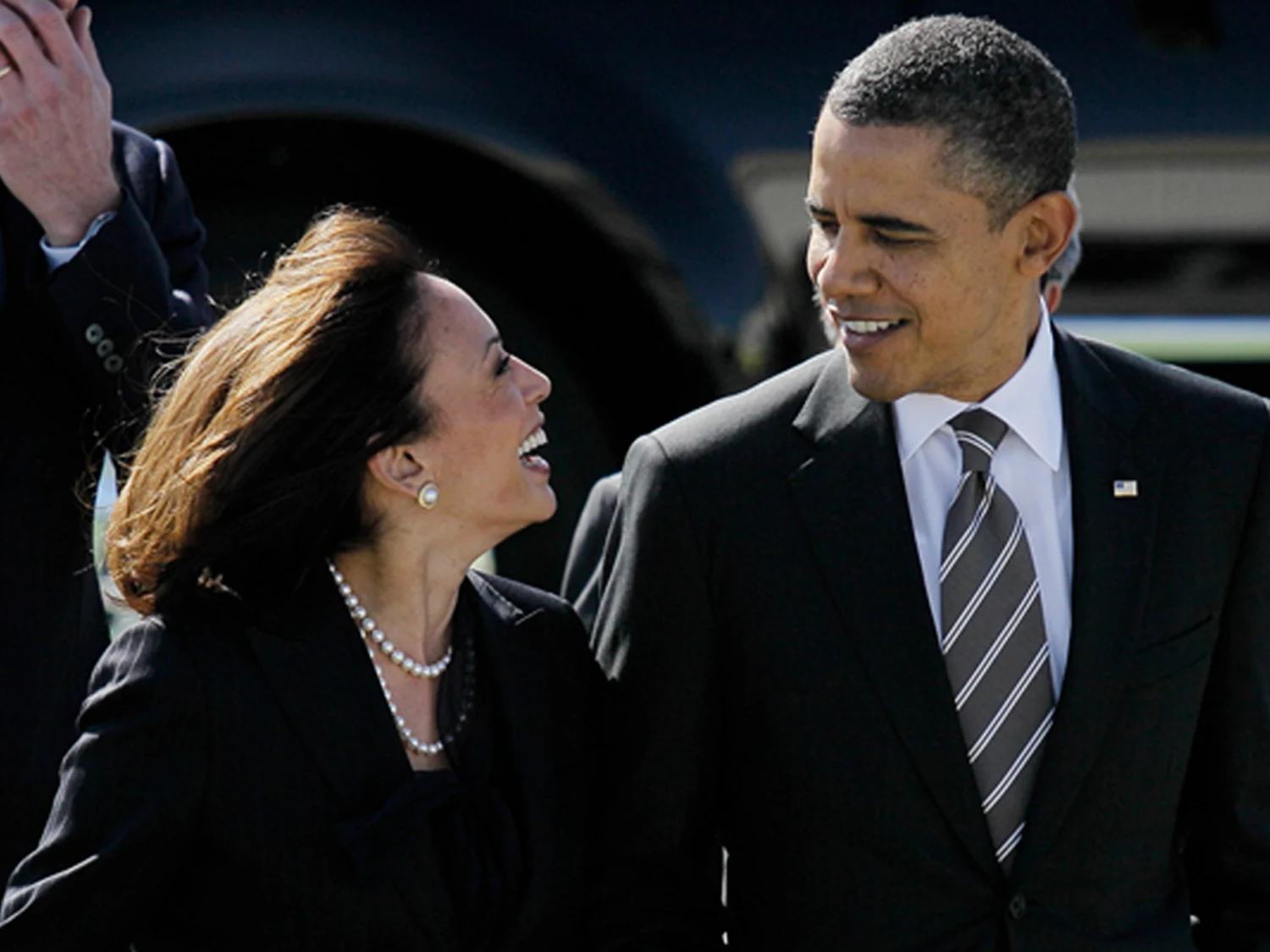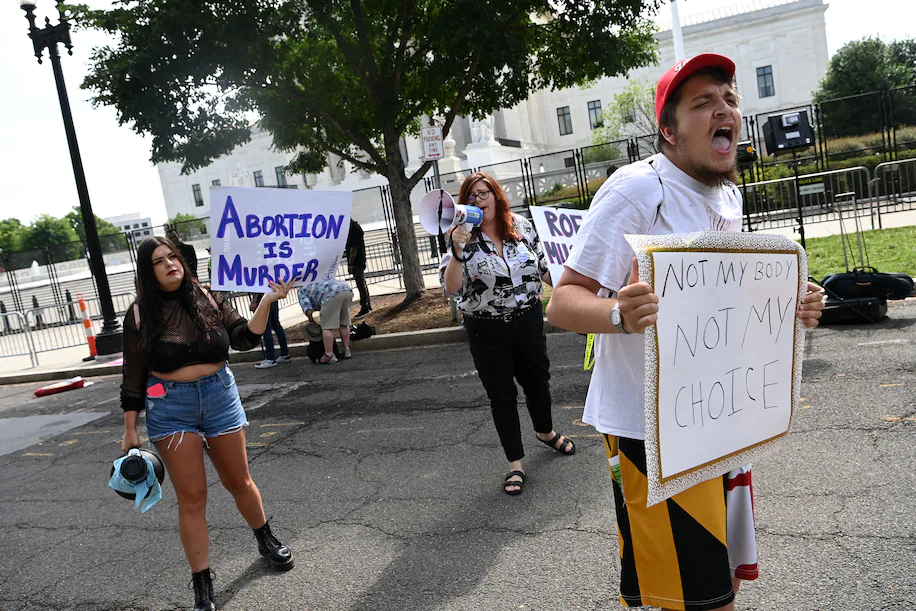The US Federal Reserve is widely expected to keep its benchmark interest rate unchanged this Wednesday, continuing its cautious “wait-and-see” approach amid growing concerns over the economic fallout from President Donald Trump’s sweeping trade tariffs.
The Fed has maintained rates within the 4.25%–4.50% range since December, and while policymakers previously projected potential rate cuts in 2024, recent developments—particularly the inflationary risk posed by tariffs—have complicated the outlook. Economic indicators remain mixed, leaving central bank officials reluctant to act prematurely.
While US gross domestic product contracted by 0.3% on an annualized basis in the first quarter—largely due to a surge in imports ahead of expected tariff hikes—consumer spending grew at a modest 1.8% rate. Meanwhile, the labor market has continued to show resilience. April’s jobs report revealed the addition of 177,000 jobs, exceeding forecasts and keeping the unemployment rate steady at 4.2%.
Still, business leaders from companies like Apple, McDonald’s, and Delta Airlines have warned of potential profit hits from rising input costs. Concerns have also been raised that higher tariffs could exacerbate inflation and suppress investment, even as many sectors remain wary of committing to new spending or hiring.
Federal Reserve Chair Jerome Powell is expected to emphasize the importance of clarity on inflation trends during his post-meeting press conference. Powell has stated in recent remarks that any decision to reduce rates must be based on firm evidence that inflationary effects from tariffs are temporary and not structural.
President Trump, who has vocally pushed for rate cuts, has expressed frustration with the Fed’s cautious stance. Despite his pressure, legal and institutional constraints limit presidential influence over central bank decisions. Trump has said he will not attempt to remove Powell, whose term ends in May 2026.
Looking ahead, market participants and economists differ on the timing of potential rate cuts. Many, including those at Barclays and Oxford Economics, see a July rate cut as increasingly likely, depending on labor market data and the trajectory of inflation. Some experts, however, caution that the full impact of tariffs could delay action until late 2024 or beyond.
Fed Governor Christopher Waller recently laid out two possible policy paths: gradual easing if tariffs are rolled back, or more aggressive cuts if trade tensions persist. Yet others, like former Kansas City Fed President Esther George, argue the current environment does not allow for the proactive flexibility the Fed enjoyed during previous trade tensions in 2019.
The New York Times and Reuters contributed to this report.










The latest news in your social feeds
Subscribe to our social media platforms to stay tuned